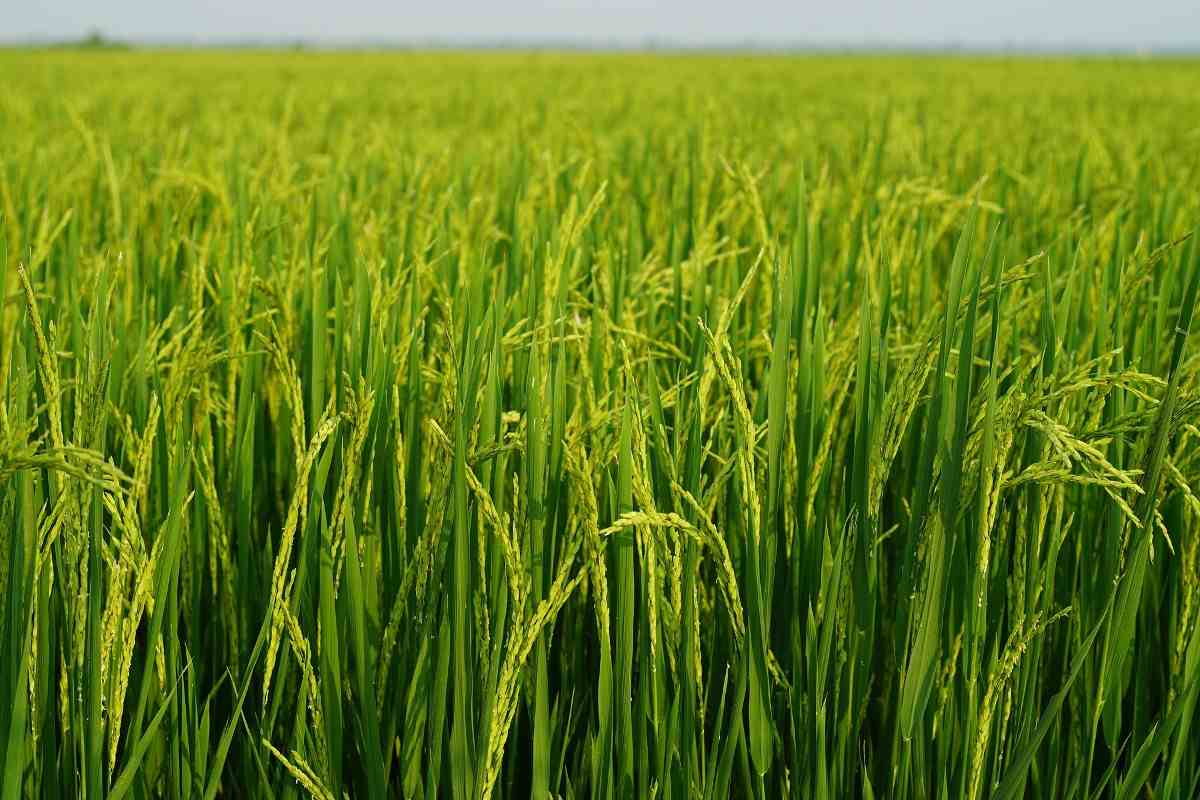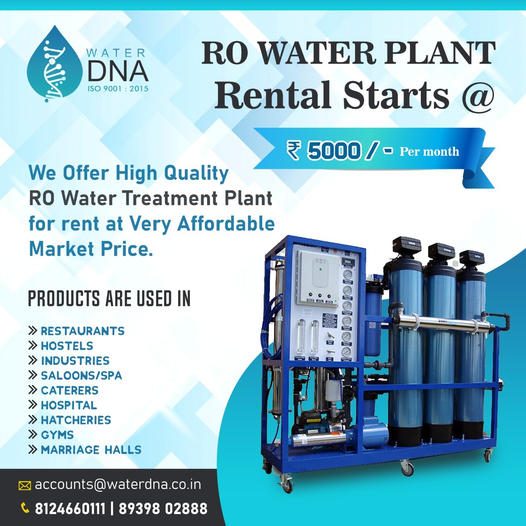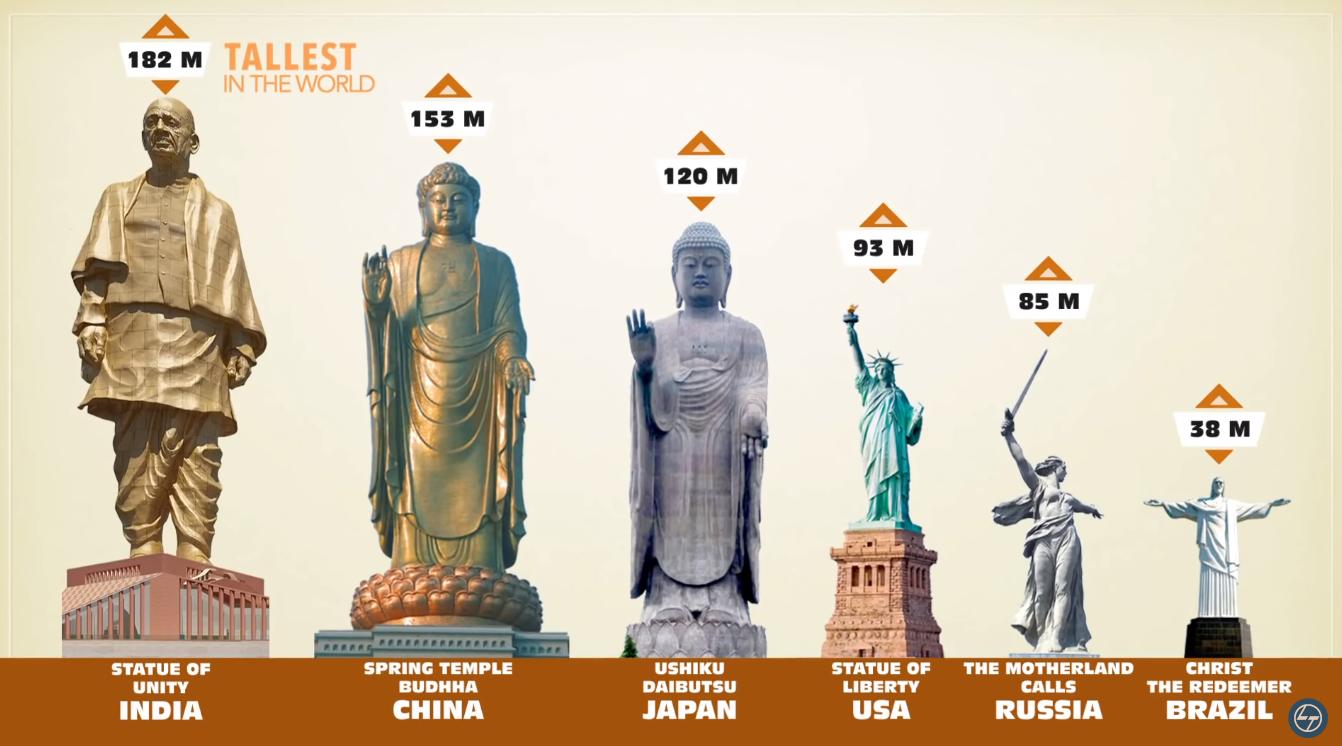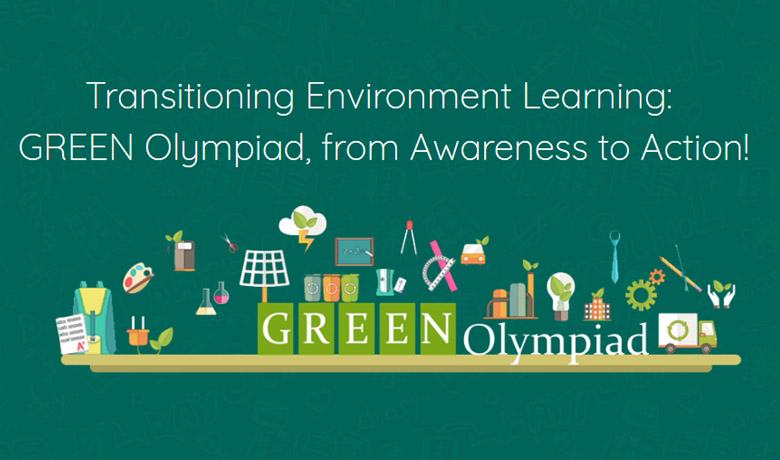
Department of Agriculture
Government of Tamilnadu
Chepauk, Chennai 600005
Phone-044-28524894,FAX-044-28551763,email-diragri@tn.nic.in
The Profile of the Department
Department of Agriculture, Tamilnadu is a Century old department, addressing the cropping and cropping related needs of the farming community.
Extension wing of the department is a well established network. The extension system has undergone major transformation since 60s. Community Development approach was in practice during 60s and 70s. The Extension wing was with the Panchayat Raj system. The community based developments were given much thrust during that time. High Yielding Varieties Programme (HYVP) was launched during late 60s with a view to increase the productivity of crops by developing new varieties to cater to the growing population. This has led to the First Green Revolution in Agriculture. Subsequently, Intensive Agricultural Area Programme (IAAP) was the focus to increase the Cropping intensity by cultivating more crop in an unit area. The single cropping area was brought into double crop area by which the Gross cropped area has increased.
Vision
Increasing the productivity of crop and increase the income of farmers through farm level intervention
Mission
Providing a comprehensive ICT platform for the farmers to access information, disseminate information, as a mechanism to keep them informed on whatever they need, whenever they need and from wherever they need.Shifting focus from crop based to farm based.Identify the reason for gap in yield of individual farms and address them
Organizational Goal
Facilitating the extension system to deliver the services to farming community effectively and efficiently. Timely decision making at levels through a systematic Decision Support System Making the farmers feel the functioning of the Extension System of the department through service delivery at the appropriate time. Keeping the farmers informed Laying focus on individual farm rather than individual crops Bridging the yield gap, increasing the yield and income of the individual farm.
Training and Visit System (T&V)
During 80s, a radical shift was given to the extension system consequent to the introduction of World Bank aided Training and Visit System. The extension system was considered very vital in the transfer of technology from Lab to Land. In order to make the extension system to function as Primary Innovator Scheduled visit to a Fixed Village on a particular day in the Fortnight was designed. The Agricultural Extension worker was visiting a particular village in a day, visited the Contact farmers who are all identified as Elite farmers. They were given the information required during that fortnight and they were in turn disseminating the information to other farmers in that village. The Agricultural Extension Worker was visiting the fields during the forenoon and based on the crop stage he advised the farmers. In the afternoon group meetings were organized to identify the input requirements and the field problems if any posed by the farmers were solved to the extent possible. Feedback mechanism was the built in feature of the system.
At the close of the Fortnight a coordination meeting was organized to share the feedback of the last fortnight and the technology to be disseminated during the next fortnight.
This system continued till early 90s. During that period the Broad Based Extension system under Tamilnadu Agricultural Development Project (TNADP) integrating the agriculture and allied sector like Horticulture, Animal Husbandry, Fisheries, Poultry and Forestry was taken up to ensure round the year income from the farm. This was taking care of the economy of the farming community to some extent while one sector poses threat due to sudden calamities.
During the 6 decades, the focus of the Department of Agriculture was mainly Crop Based. The focus was on Developing Technologies and varieties, dissemination of information to farmers, ensuring the adoption of the technology by the farming community. This has created a stable situation in the food production front as well as in the income side of the farming community.
Genesis of Agricultural Information Services Network (AGRISNET)
At the start of the 21st Century a new dimension was given to Agriculture. Sharing of information and networking of the information within and among farmers and extension officials was considered as most vital in breaking the ice. During 2004, Agricultural Information Services Network (AGRISNET) a web based information gathering and analytics mechanism was initiated. Department of Agriculture, Tamilnadu with the intention os bringing Agility in the Extension System proposed this project to Government of India.
Subsequently, Government of India during 2006 Government of India sanctioned the project for implementation. During 2007-08, all the offices in the Department of Agriculture upto the block level provided with Computers and Accessories. During 2008-09, all the offices were connected through TNSWAN/BSNL Broadband. Tamilnadu was the first state to connect all the offices upto block level and network established. Initially, Collection of farmer database, Soil sample collection, analysis and making available the test results online through Soil Health Cards was in practice. The Software was developed in Open Source. Input availability was updated periodically since the ICT tools available were very much limited. The capacity in handling the ICT tools were also constrained the implementation of the project to a greater extent.



 R1402437-Stumbit Bikes and Cars.jpg)















This Post Has 1 Comments
good site to learn more about agriculture.